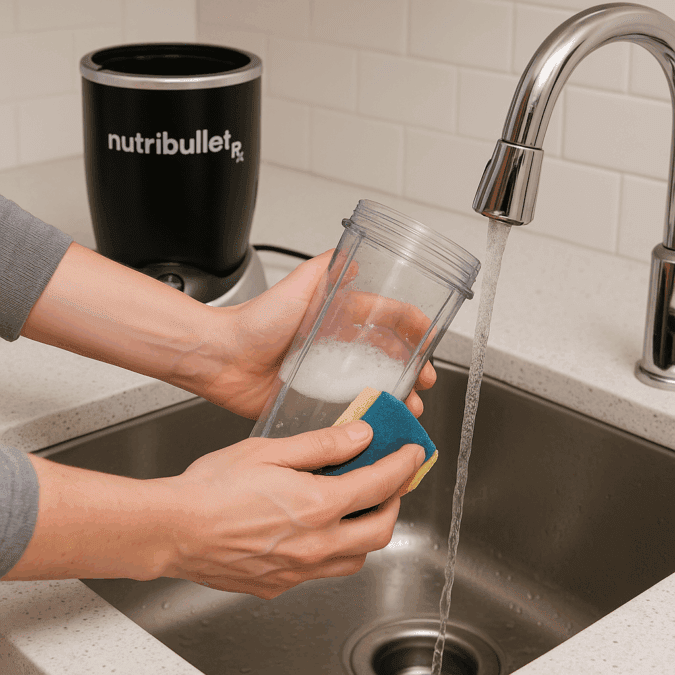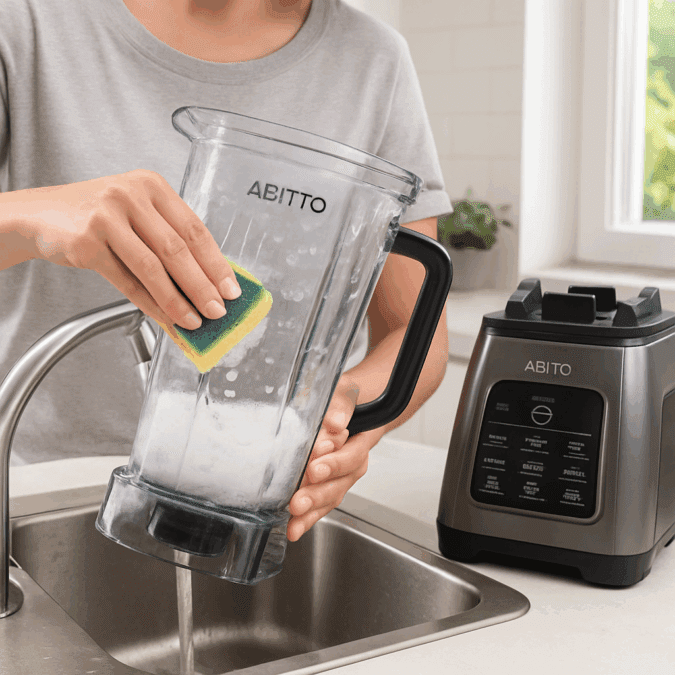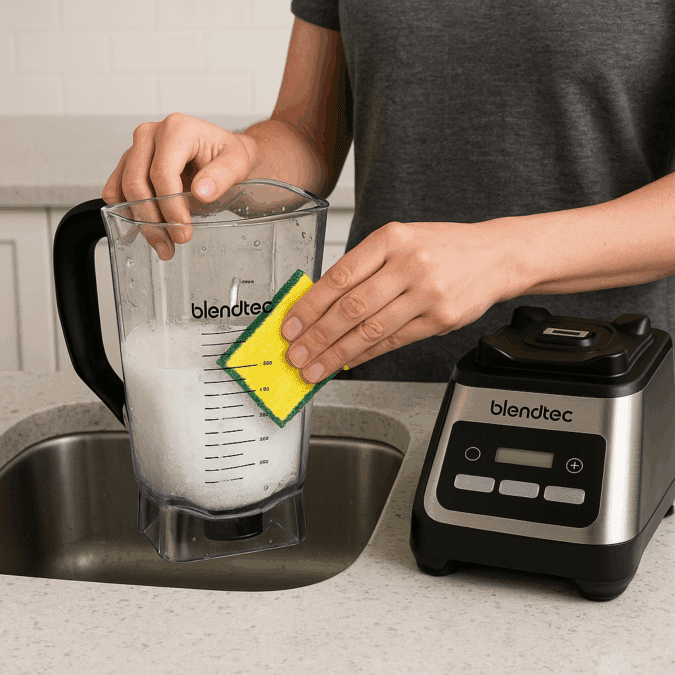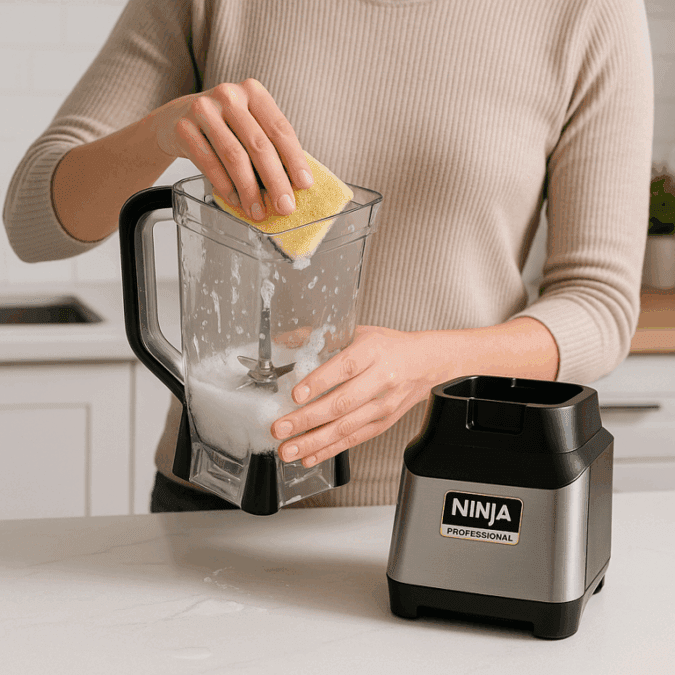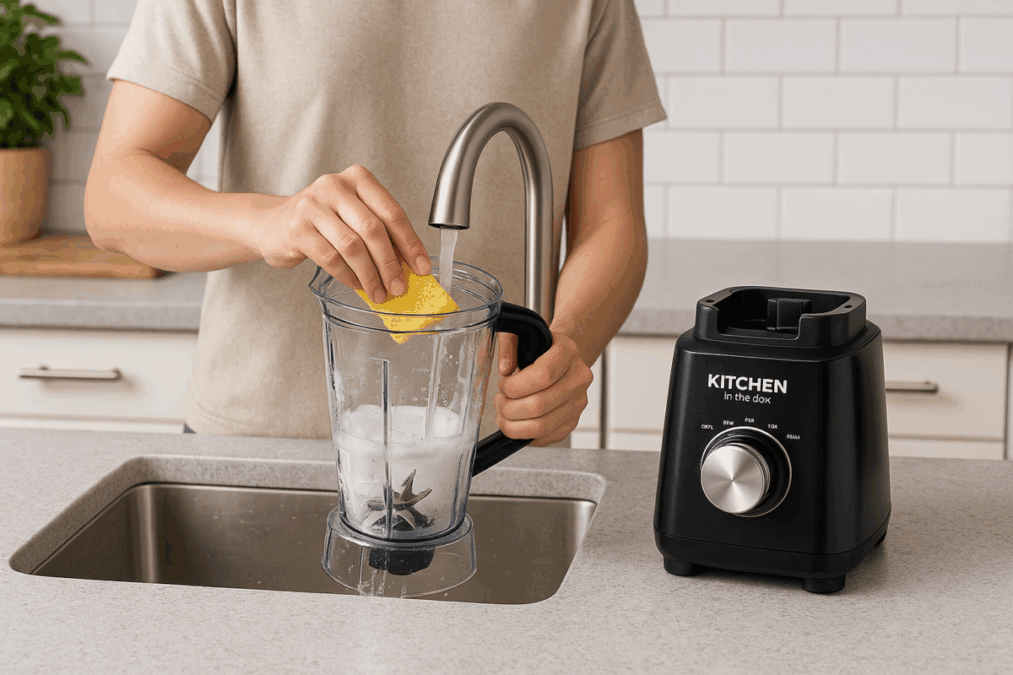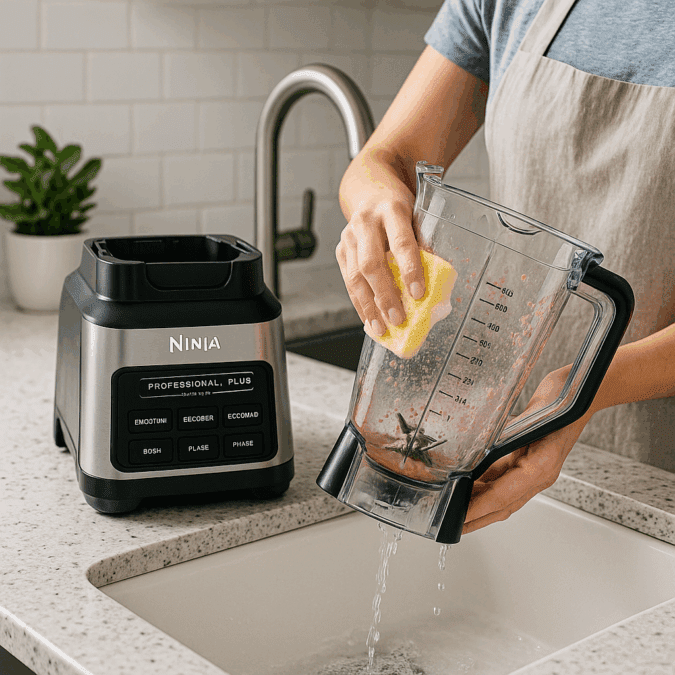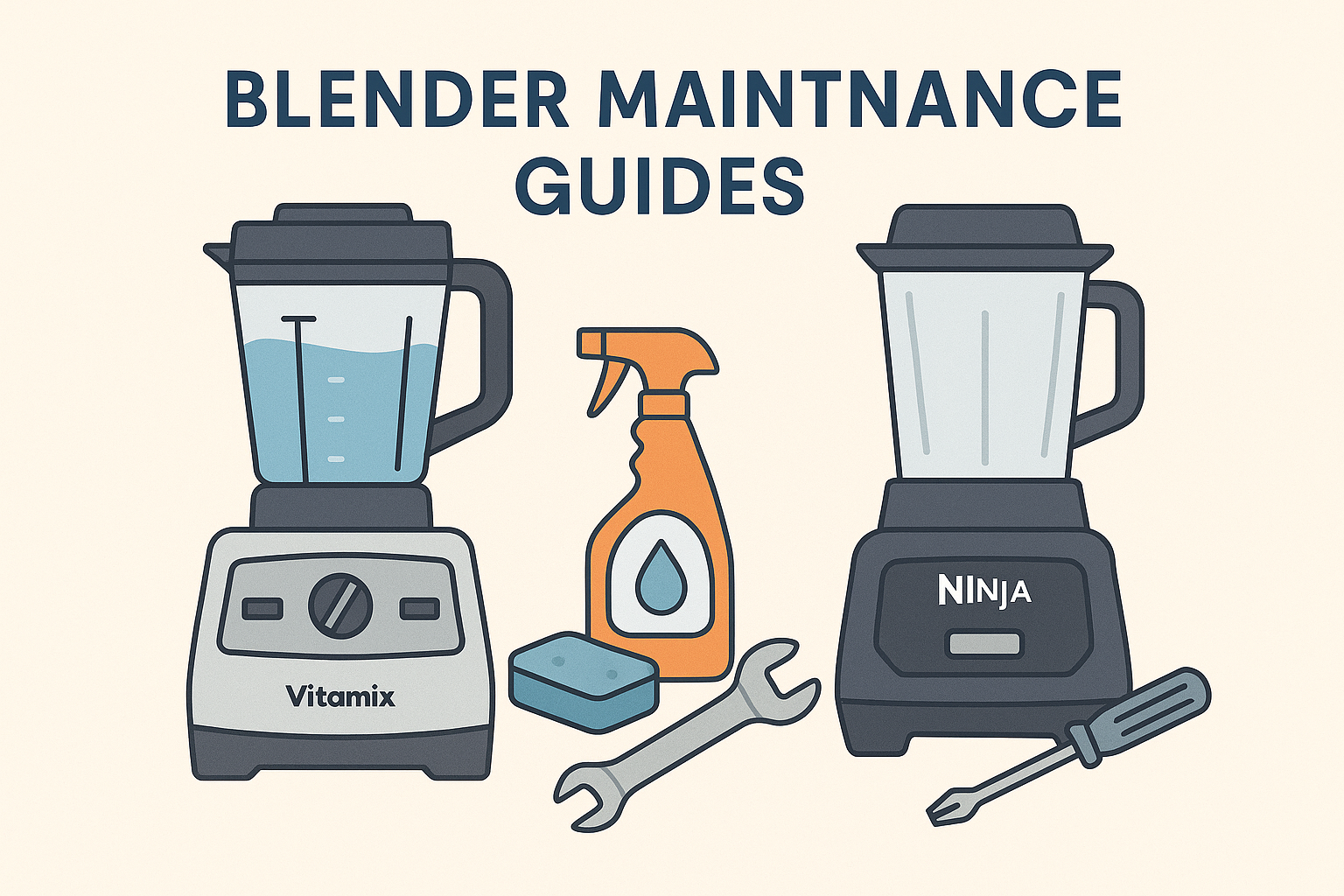
Extend the life of your blender and keep it performing like new with our easy-to-follow maintenance guides. From quick daily cleaning to deep seasonal care, we cover every step for top brands like Ninja, Vitamix, KitchenAid, and more. For a broader look at all the appliances we review and maintain, explore our full kitchen appliance resource center on IMSolutionRealm.
Popular Maintenance Topics
General care guides for all blender brands.
- Long-Term Storage Tips – Best practices for storing blenders when not in use.
- Cleaning Blades Safely – How to protect your hands and preserve blade sharpness during cleaning.
- Removing Stubborn Stains – Tips for tackling turmeric, beet, and coffee marks in blender jars.
- Preventing Gasket Mold – Keep your blender fresh with proper gasket cleaning and drying.
- Motor Base Dust Prevention – Avoid overheating by keeping your motor base dust-free.
Keep Your Blender Performing for Years
Maintenance is just one piece of the puzzle. For a full blender ecosystem, explore these related resources:
- Top-rated blender picks for every budget — see which models deliver the best results for smoothies, ice, soups, and more.
- Head-to-head blender matchups with care insights — find out which machines are easier to clean, maintain, and keep long-term.
- Nutritious and creative recipes to put your blender to work — from protein shakes to hot soups.
- Hands-on blender reviews covering durability and value — in-depth testing focused on long-term performance.
Blender Maintenance FAQs
Have questions about keeping your blender clean and running smoothly? These are the most common maintenance issues blender owners face, with simple answers you can use across Ninja, Vitamix, KitchenAid, Blendtec, and more.
Q: What is the best way to deep-clean a blender jar?
A: Rinse immediately after use, blend warm water with a drop of dish soap for 20–30 seconds, then rinse again. For deeper cleaning, soak with a 1:1 mix of warm water and vinegar for 10–15 minutes. If stains remain, use a baking-soda paste, then rinse and let the jar air-dry fully with the lid off.
Q: How do I prevent gasket mold on Ninja, Vitamix, and other blenders?
A: Always disassemble lids and seals after use. Wash and dry all parts thoroughly and store the blender with the lid off. For extra care, soak gaskets in a mild vinegar solution once in a while, rinse, and dry completely before putting them back.
Q: How often should I deep-clean my blender?
A: Do a quick soap blend after every use and a deep clean every one to two weeks. If you blend oily, dairy, or strongly colored foods, you may need to deep-clean more often.
Q: Is it safe to put blender parts in the dishwasher?
A: Many jars and lids are top-rack dishwasher safe, but always check your model’s manual. Hand-washing will extend the life of gaskets and markings. Never submerge the motor base in water.
Q: How do I remove turmeric, coffee, or beet stains from the jar?
A: Apply a baking-soda paste to the stains or soak the jar with warm water and vinegar. For stubborn stains, repeat the soak and allow it to sit longer, then rinse and dry in sunlight if possible.
Q: What should I do if my blender leaks from the base?
A: Make sure the blade assembly and gasket are seated correctly and aren’t damaged. Avoid overfilling, tighten the base properly, and replace worn gaskets. Don’t use hot liquids in models that aren’t designed for them.
How to Deep-Clean a Blender (Step-by-Step)
No matter the brand, every blender benefits from a proper deep clean once in a while. Follow these steps to keep your machine safe, sanitary, and performing at its best.
Step 1: Pre-rinse immediately after use
Rinse the jar, lid, and removable parts with warm water as soon as you’re done blending.
Step 2: Quick soap blend
Fill the jar halfway with warm water, add one drop of dish soap, and blend on low for 20–30 seconds. Empty and rinse thoroughly.
Step 3: Disassemble and check seals
Take apart the lid, cap, and if your blender allows, the blade assembly and gasket. Check for food buildup or worn seals.
Step 4: Vinegar soak
Soak the jar and non-metallic parts in a 1:1 solution of warm water and white vinegar for 10–15 minutes.
Step 5: Scrub gaskets and blades
Use a soft bottle brush or gasket brush to clean grooves and blade hubs. Avoid anything abrasive.
Step 6: Treat stains
Apply a baking-soda paste to stains, let sit for 5–10 minutes, then scrub lightly and rinse.
Step 7: Rinse and dry completely
Rinse all parts well and let them air-dry fully. Always store with the lid off.
Step 8: Reassemble and store
Once dry, reassemble your blender. Replace worn gaskets if needed before storing.
